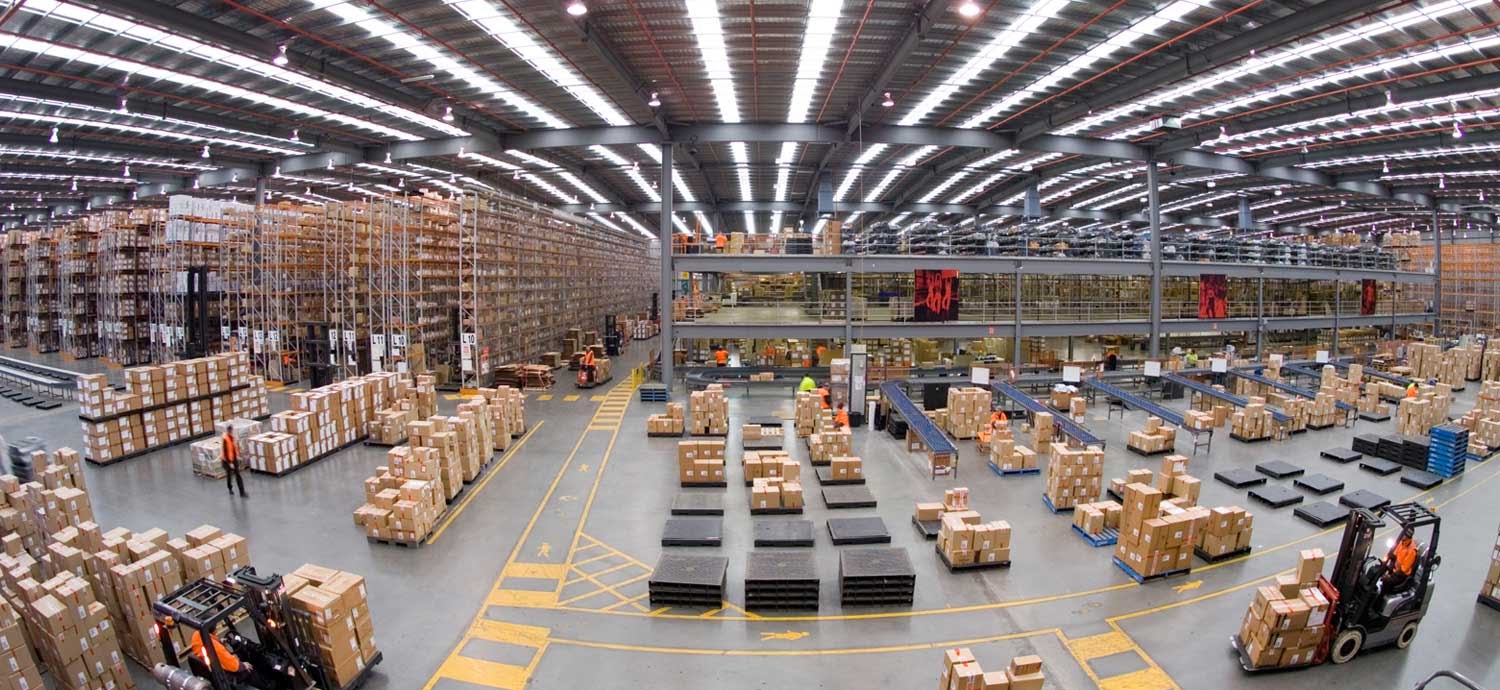
What will your future warehouse operation look like?
A growing complexity at its most basic, warehousing in India is a simple concept. It’s about storing materials or goods and filling orders from one end of the supply chain to the other. But in the real world of today, tomorrow and especially five years from now, warehousing is evolving to become anything but simple. Today’s warehousing companies are feeling significant pressures from multiple internal and external sources.
The global recession affected the Warehousing and Transportation industry in many ways. In an effort to free up capital, there were major cuts in held inventory, adding capacity was de-prioritized and expansion of existing or construction of new warehouses and transportation services centres scaled back or halted altogether. Now, as the economy has begun to grow, warehousing and Logistics operations are growing again, too. But as they grow, they are also being transformed by a number of issues that go well beyond simple increases in volume and throughput.
New Warehousing Realities
Today’s warehouse professionals face a series of significant changes in the ways warehouses, distribution centres operates and the entire supply chain management process. More facilities and larger spaces demand high-speed mobile communications virtually everywhere on or off the floor. A virtual across-the-board customer demand for personalization is driving an increase in the number of SKUs leading to increased inventory visibility, accuracy and efficiency needs. New regulations call for more accurate product tracking and tracing. The movement to re-shoring is bringing manufacturing and other business closer to the customer, creating a need for more efficient and effective cost and labour management. Fuel cost volatility impacts logistics and much more. The growth of omni channel transactions creates the need for increased inventory control, flexibility and faster, more accurate fulfilment. All these factors contribute to the need to convert warehouses and distribution centers into assets for competitive differentiation.
Cost Centre to Growth Centre
Responses to the new NWCC survey create a snapshot of how warehouse IT and operations professionals across a number of vertical markets view their operations today, and where they see them going by 2018.
In aggregate, survey responses reveal a forward-looking new way of viewing the warehouse:
No longer as a pure cost centre in which operational focus is placed almost exclusively on wringing out inefficiencies and inaccuracies in order picking, but increasingly as a powerful asset that can drive profitable growth for the business with a heightened focus on improving inbound, storage and outbound material handling.
What Does the Future of Warehousing Look Like?
In the next several years, we can expect to see quite a transformation in the warehouse industry, technologies will have revolutionary changes on how we connect, how the customer experience is entirely changed, and the need to react rapidly and continually.
The current trends continue to reflect a steady increase in the amount of products delivered directly to consumers. The needs of what used to be a traditional distribution environment have changed dramatically over the past 5 years. What was once a simple pick and pack fulfilment process is now a series of complex multi-threaded operations that can quickly turn into a logistical nightmare. The variety of product mix you see coming out of ecommerce Logistics today are presenting some unexpected challenges for distributors and third party warehouses.
Today more than ever, technology has been a focal point in addressing the challenges and pressures being put on by consumer trends. These trends are shinning a new light on technologies that quite frankly have been around for some time but are now just gaining momentum. Technologies like wearable mobile computers, automatic label printer applicators, and voice enabling solutions are established technologies that have been successfully used in thousands of warehouses over the past decade.
Managing your supply chain processes
- You need to be understand that even the largest logistics companies in India with best Technology implementation cannot fix the bad processes; it only makes your operational costs more expensive. You need to Drill down deep and gain an understanding of the real problems in your operation in case you can’t do that. We recommend that you should Hire and leave it to the experts to fix the problem which will drastically bring down your logistics and supply chain costs.
- One size does not fit all in your environment so don’t settle for it. Don’t think that you have to implement a large solution to be successful. Work with professional Third party Logistic companies who can break down the issues into smaller, manageable, and more cost effective solutions. Your business didn’t grow overnight so take a more strategic approach and solve the issues one problem at a time.








